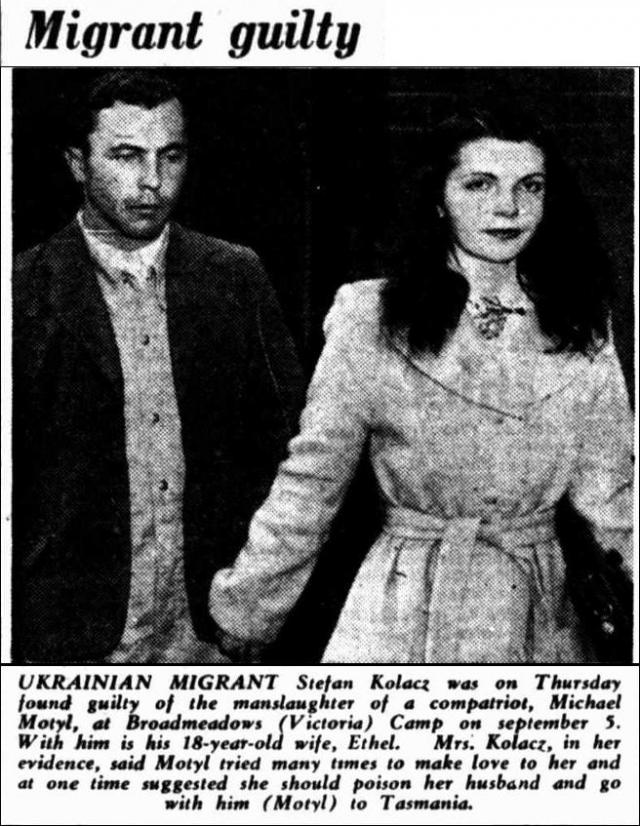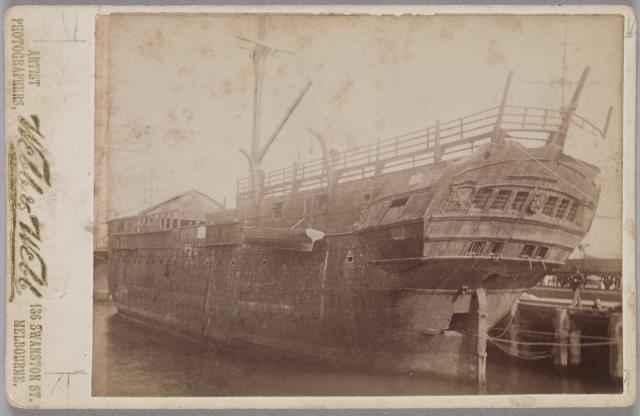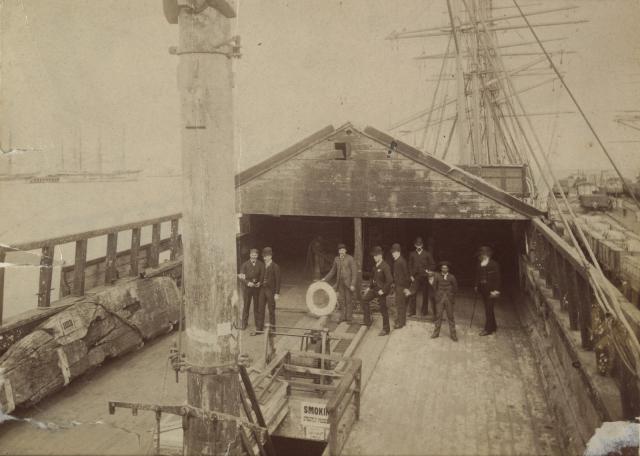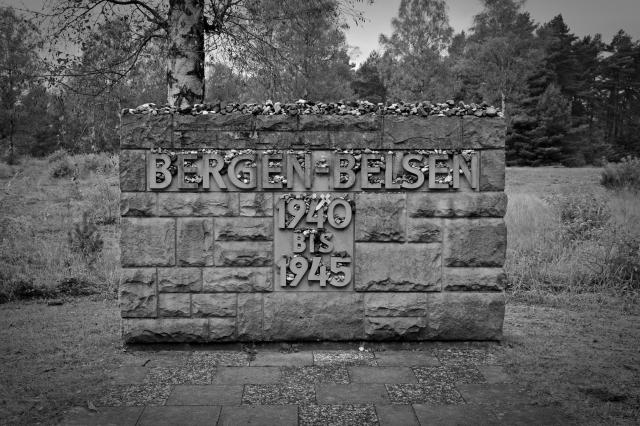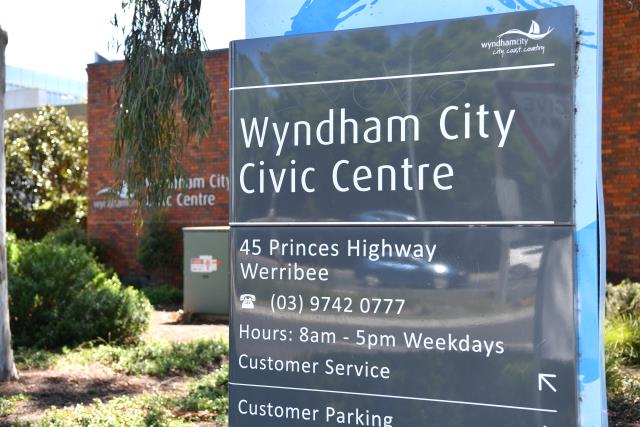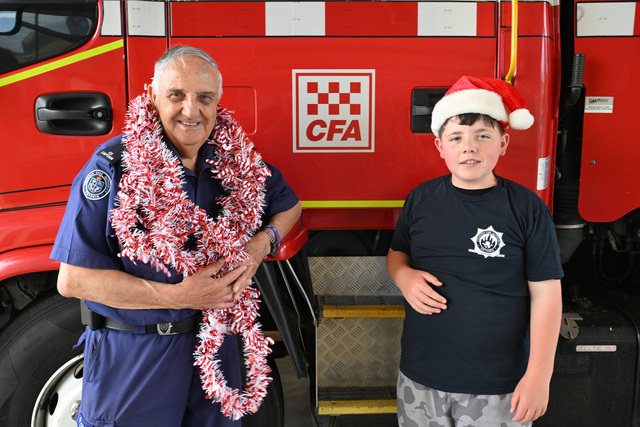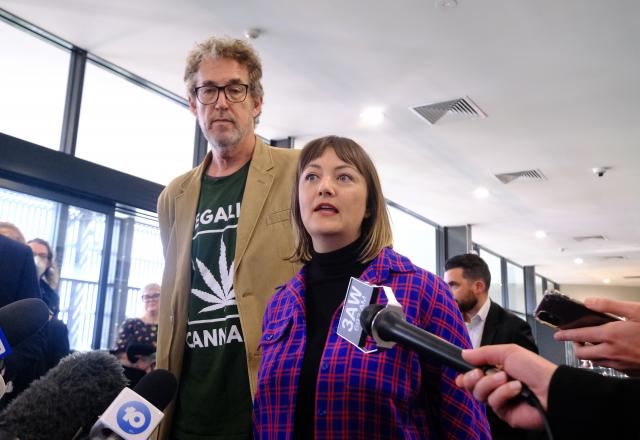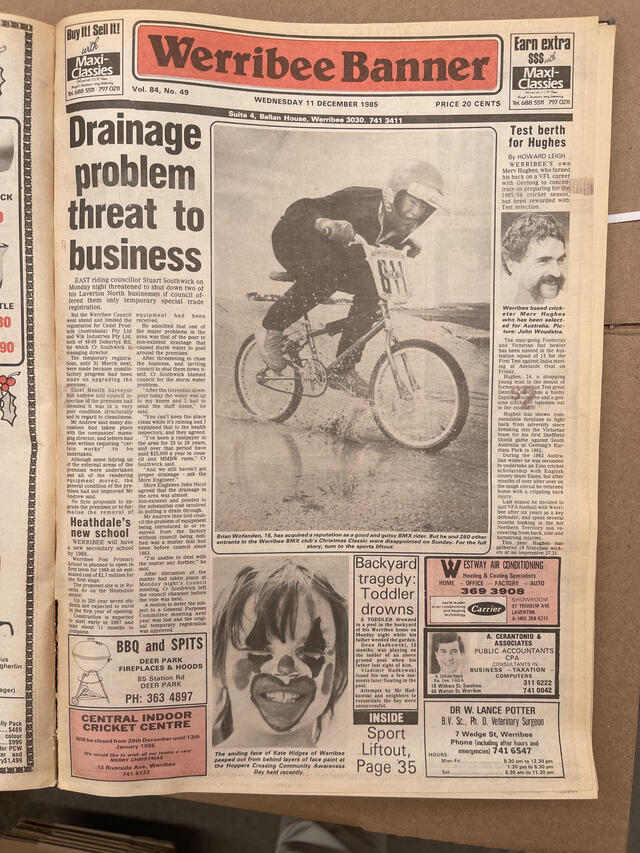Melbourne has experienced its fair share of grisly murders over the years.
Many of these tragic events have remained in the public sphere for decades, such as the Melbourne gangland killings which saw more than 35 underworld figures targeted between 1998 and 2010.
However, over time some murders that once caused a scandal in Melbourne have faded from memory.
Star Weekly reporter Alesha Capone took a deep dive into the archives of Melbourne’s old newspapers to uncover some of the bloody, brutal and mysterious murders and manslaughters of yesteryear, which occurred in the northern and western suburbs.
Massacre of indigenous Australians
The Mount Cottrell massacre involved the murder of a group of indigenous Australians on July 16, 1836. Researchers believe that between five to 35 Indigenous people could have been slaughtered during the massacre. They were murdered in retaliation for the deaths of two white men, settler Charles Franks and shepherd Thomas Flinders, who were found dead on July 9. After the deaths, a group of 17 men tracked a group of Aboriginals and fired at them with muskets. Port Phillip magistrate William Lonsdale later launched an investigation into the massacre, but those interviewed said they did not see anyone die.
Convict murderers
Owen Owens lies in a grave at Williamstown Cemetery. Owen, a prison warder aged in his early twenties, was murdered by a group of 10 convicts on October 22, 1856. According to the Hobsons Bay Libraries webpage, the convicts were returning to their ship after a day of labour when they hauled on the tow rope, brought their boats together, overpowered the rowers and killed Owen. The next year, 1857, a magistrate and penal administrator named John Price visited Williamstown on March 26 to hear from convicts, who had been complaining about the circumstances in which they were being kept. While listening to their grievances, John Price ended up being beaten with rocks and stone-breaking tools. He died the next day at a Nelson Place surgery. Seven convicts were hanged after being convicted of John’s death.
Son murdered trying to help his father
A teenager named Isaac Crawcour was killed after coming to the aid of his father Michael during an armed burglary at the family’s pawnbroker shop in Nelson Place, Williamstown on January 12, 1894. Isaac, 19, ran into the store after his father – armed with a revolver – and confronted two intruders breaking in through the shop window about 3am. One of the burglars, who had a pistol, fired at Michael and missed. Michael’s own revolver did not work, but he and Isaac attempted to stop the men as they tried to escape. Isaac was shot in the stomach during the scuffle but managed to grab the revolver off his attacker. Police arrived on the scene and arrested the two burglars. Sadly, Isaac died about 36 hours later. The Weekly Times reported a man named Ernest Jamieson – who used the surname Knox as an alias – was later hanged for Isaac’s death. The newspaper described Jamieson, 21, as “a mere boy burglar”. The other burglar, 18-year-old John Charles Jent, and was sentenced to three years’ hard labour.
Mystery of baby’s body
On June 22, 1923, an infant girl’s body, wrapped in brown paper, was found near West Footscray railway station. A coroner concluded the child had been murdered, after suffering a fractured skull and being suffocated. The website of Twisted History, a Victorian tourism company which runs tours of haunted sites, states that the parents of the child were never discovered.
Family drowns
A case labelled as the ‘Sunshine tragedy’, which made headlines across the nation, saw Harold James Russell charged with manslaughter on June 11, 1932. Russell’s wife Ivy and sons, three-year-old George and 18-month-old Eric, drowned in Kororoit Creek, Sunshine. Russell, who was also charged with bigamy, maintained his innocence in court. He said that Ivy, 27, threw the children into the water and jumped in herself. However, the Crown argued Russell threw them all in the water and stood by while they drowned. Russell, 27, was sentenced to 10 years in jail for each death, to be served concurrently.
Market garden murder
Italian market gardener, Giovanni Carretti, was found murdered outside his two-room hut near Tower Road, Werribee on September 4, 1932. The 36-year-old was discovered lying in a pool of blood, with “half his head blown off and a wound in his leg”. The Argus newspaper reported that detectives considered “the possibility that the murder may have been perpetrated by some secret organisation” but concluded it was more likely a local resident. An inquest later that year declared Giovanni, who slept with a revolver under his pillow, was murdered by an unknown person or people
Tomahawk killing
Newspapers across Australia reported that a man named Michael Motyl, 27, was killed with a tomahawk on September 5, 1948 at a Broadmeadows camp where migrants lived following World War II. Michael was killed after he made sexual advances towards, and allegedly molested, an 18-year-old woman named Vera. Her husband, a Ukrainian named Stefan Kolacz, killed Michael. Vera told the court that Michael had invited her to poison her husband and run away to Tasmania with him. The court also heard that Kolacz, 29, had been badly treated at the Bergen-Belsen concentration camp run by Nazis in Germany. Kolacz was sentenced to eight years in jail after being found guilty of manslaughter. He later appealed the sentence, saying that shock treatment he received at the Royal Park Mental Hospital had returned his mind to its “normal” state. He was found not guilty and reunited with Vera.
To seek help for mental health issues, contact the Mental Health Foundation Australia helpline on 1300 643 287 or Lifeline on 13 11 14 or at www.lifeline.org.au.

